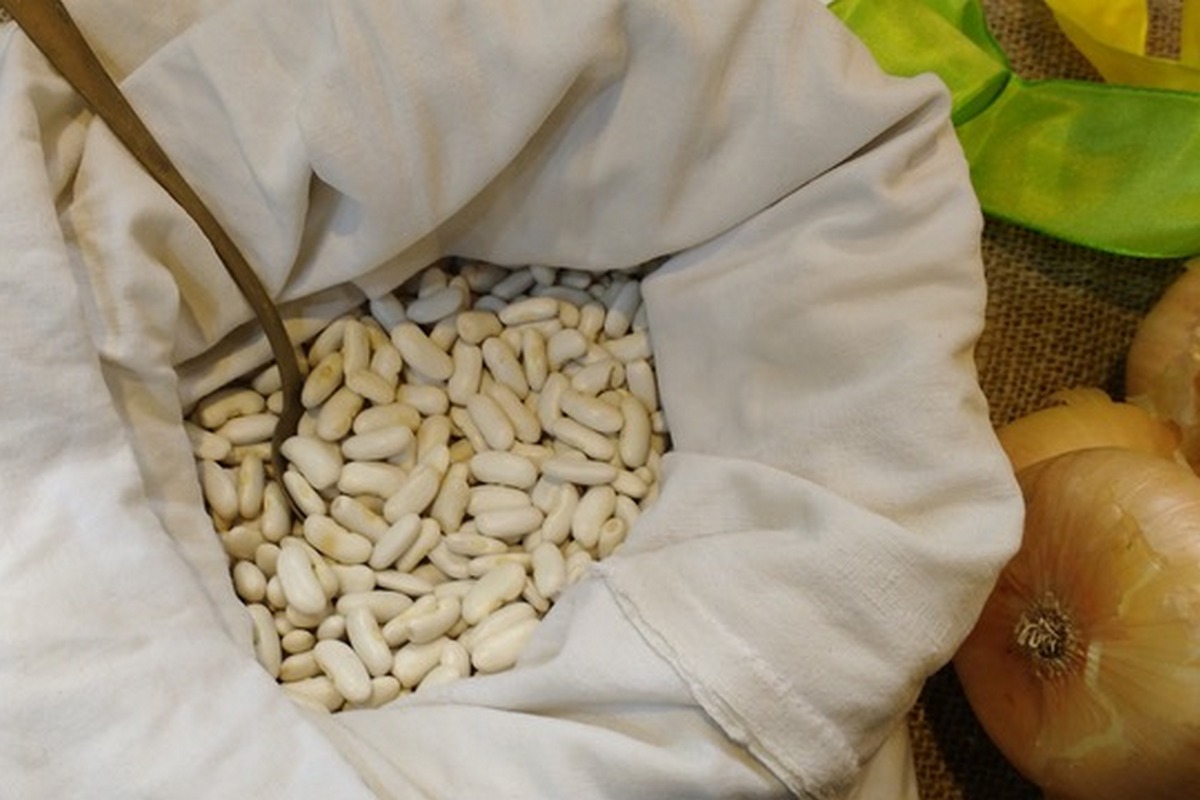
This week, Saturday, October 4th, we celebrate the feast of Saint Francis of Assisi. Living in the province of Arezzo, Monte San Savino, we were influenced by this saint from an early age, not only in our style of prayer, but also in the architecture of places, especially churches, and in our essentially humble cuisine.
According to ancient sources, Saint Francis’s diet included simple, humble vegetables such as cabbage, onions, and legumes, as well as wild herbs and ancient grains such as barley and spelt. Today, these foods have become healthy dishes, highly recommended by modern nutritionists and featured on many of our winter menus. Once upon a time, they were simple, seasonal foods, often donated in the constant begging of the poor man of Assisi.
There was one thing, however, that he truly loved: Mostaccioli, sweets made with almond flour, honey, and must, or raisins and dried figs. Lovingly prepared by Jacopa dé Settesoli, Francis requested them just before his death, awaiting the visit of the Roman noblewoman. A curiosity: Jacopa, who lovingly prepared the Poverello’s funeral trousseau, is buried in the crypt of the Basilica of San Francesco, opposite the Saint’s tomb.
Let’s clarify something from a historical perspective: Saint Francis, champion of peace among peoples—remember his mission to the East to Saladin to quell the wars of the Crusades—was neither vegetarian nor vegan. He refused nothing of the food offered, something he also taught his own friars: “everything offered was permitted”: fish, cheese, eggs, and occasionally white meat. In one of the biographical sources, that of Thomas of Celano (1247), we read that Saint Francis, Christmas falling on a Friday, ordered the friars to eat meat on that day “on which the child was born”.
Thus, he loved the wolf, preached to the birds, and had a little lamb that always followed him, but he preferred mercy to sacrifice.
